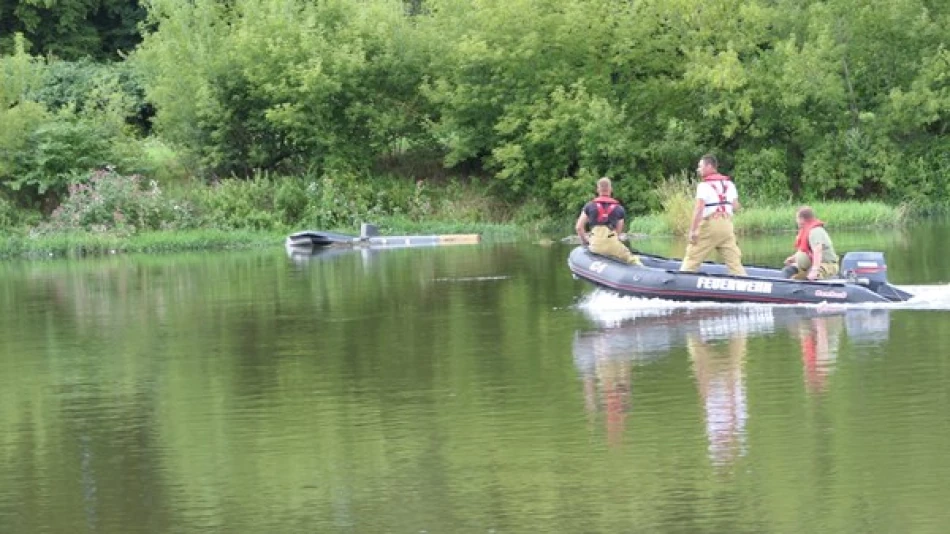
German Army Helicopter Crash Leaves Two Dead, One Missing
German Military Helicopter Crash Claims Two Lives During Training Exercise
A German military helicopter crashed during a routine training mission in eastern Saxony, killing at least two people and leaving a third missing. The incident, which occurred Tuesday morning near the city of Grimma, has prompted a major emergency response and raised questions about military aviation safety protocols amid Germany's ongoing defense modernization efforts.
Emergency Response and Environmental Concerns
German Defense Minister Boris Pistorius visited the crash site personally, underscoring the gravity of the incident. The helicopter disappeared from radar between 10:00 and 10:30 AM, according to aviation monitoring authorities, with debris discovered around midday by kayakers on the Mulde River.
The crash has created significant environmental challenges, with large quantities of aviation fuel leaking into the waterway. Emergency crews numbering approximately 50 personnel have been deployed to contain the kerosene spill and begin the complex process of debris recovery from the middle of the river. Authorities have banned water activities along sections of the river, likely until early next week.
Military Aviation Safety Under Scrutiny
This incident adds to growing concerns about the condition of Germany's military equipment as the country embarks on its largest defense spending increase since the Cold War. Following Russia's invasion of Ukraine, Germany committed to spending 2% of GDP on defense and allocated a special €100 billion fund for military modernization.
The Bundeswehr has faced persistent challenges with aging equipment and maintenance issues across multiple platforms, from fighter jets to naval vessels. Training accidents, while relatively rare, highlight the delicate balance between maintaining operational readiness and managing equipment that often operates beyond its intended service life.
Broader Implications for Defense Readiness
Germany's military transformation comes at a critical time when NATO allies are reassessing their defense capabilities. The country has pledged to become Europe's conventional military backbone, but incidents like this underscore the practical challenges of maintaining and operating complex military systems during periods of intensive training and operational tempo.
The investigation into this crash will likely examine maintenance records, pilot training protocols, and weather conditions. For Germany's defense establishment, each such incident represents not just a human tragedy but also a potential setback in rebuilding military capabilities that were allowed to atrophy during decades of reduced defense spending.
The military has established a security perimeter around the crash site, with German Army units leading rescue and investigation operations. The difficult recovery conditions, with debris scattered in the river and environmental contamination, suggest the investigation may take considerable time to complete.
 Layla Al Mansoori
Layla Al Mansoori







